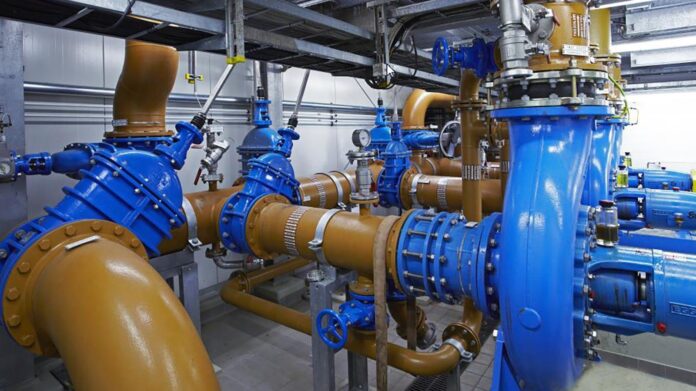Slurry pumps play a pivotal role in various industrial processes, especially in sectors like mining, chemical processing, and wastewater treatment. These robust machines are designed to transport mixtures of liquids and solid particles, making them indispensable in environments where other pumps might fail. This blog post provides an introduction to slurry pumps, covering their types, applications, and the key features that make them essential in handling abrasive and corrosive materials.
What Are Slurry Pumps?
Slurry pumps are specialized pumps used to move slurries—a mixture of liquid and solid particles. These pumps are engineered to handle a wide range of particle sizes and densities, making them suitable for transporting everything from fine powders to coarse, heavy rocks. The main challenge in pumping slurries lies in the abrasive and corrosive nature of the materials being moved, which can quickly wear down standard pumps.
Types of Slurry Pumps
Slurry pumps come in several types, each designed for specific applications and slurry characteristics:
1. Centrifugal Slurry Pumps
These are the most common type of slurry pumps. They use a rotating impeller to impart kinetic energy to the slurry, converting it to pressure energy for transportation. Centrifugal slurry pumps are ideal for medium to high-density slurries.
2. Diaphragm Pumps
Diaphragm pumps use a reciprocating diaphragm to move the slurry. They are suitable for handling highly viscous and abrasive slurries, often found in chemical and wastewater applications.
3. Peristaltic Pumps
Also known as hose pumps, peristaltic pumps use a rotating roller to compress a hose, pushing the slurry through it. These pumps are excellent for handling shear-sensitive and highly abrasive slurries.
4. Submersible Slurry Pumps
Designed to operate while submerged in the slurry, these pumps are commonly used in mining and dredging applications. They are built to handle large volumes of slurry with high solids content.
Key Features of Slurry Pumps
Slurry pumps are distinct from other pumps due to several key features designed to handle the demanding nature of slurry transport:
-
Durable Materials:
Slurry pumps are constructed from highly durable materials such as high-chrome alloys, elastomers, and ceramics to resist wear and corrosion.
-
Robust Impellers:
The impellers are often larger and thicker than those in standard pumps, designed to handle the abrasive nature of slurries.
-
Enhanced Seals:
Slurry pumps use advanced sealing mechanisms to prevent leaks and protect internal components from the abrasive slurry.
-
Wear Liners:
Many slurry pumps are equipped with replaceable wear liners that protect the pump casing from abrasion and corrosion, extending the pump’s lifespan.
Applications of Slurry Pumps
Slurry pumps are used in a variety of industries, each with unique requirements for slurry handling:
-
Mining
In mining, slurry pumps are used to transport ores, tailings, and other mineral slurries. They are essential for both surface and underground mining operations.
-
Chemical Processing
Slurry pumps handle corrosive and abrasive chemical slurries, ensuring efficient processing and transport of chemicals in various stages of production.
-
Wastewater Treatment
In wastewater treatment plants, slurry pumps move sludge, slurry, and other waste materials through the treatment process, from collection to final disposal.
-
Construction
Slurry pumps are used in construction for tasks such as drilling mud circulation and the transport of concrete slurries.
-
Power Generation
In power plants, slurry pumps handle ash slurries and other waste products, playing a crucial role in maintaining plant efficiency and environmental compliance.
Choosing the Right Slurry Pump
Selecting the right slurry pump for a specific application involves considering several factors:
-
Slurry Characteristics:
The size, density, and abrasiveness of the particles in the slurry will influence the choice of pump type and materials.
-
Flow Rate and Head:
The required flow rate and head (the height the slurry needs to be pumped) are critical in determining the pump size and configuration.
-
Operating Conditions:
Environmental factors such as temperature, pH level, and the presence of chemicals must be considered to ensure the pump can withstand the operating conditions.
-
Maintenance Requirements:
Understanding the maintenance needs and availability of replacement parts can help in selecting a pump that balances performance and upkeep costs.
Conclusion
Slurry pumps are essential tools in many industrial processes, designed to handle the challenging task of moving abrasive and corrosive slurries. Understanding the different types of slurry pumps, their key features, and their applications can help in selecting the right pump for your needs. By choosing the appropriate slurry pump, industries can ensure efficient, reliable, and cost-effective slurry handling, maintaining smooth operations and prolonging the lifespan of their equipment.




